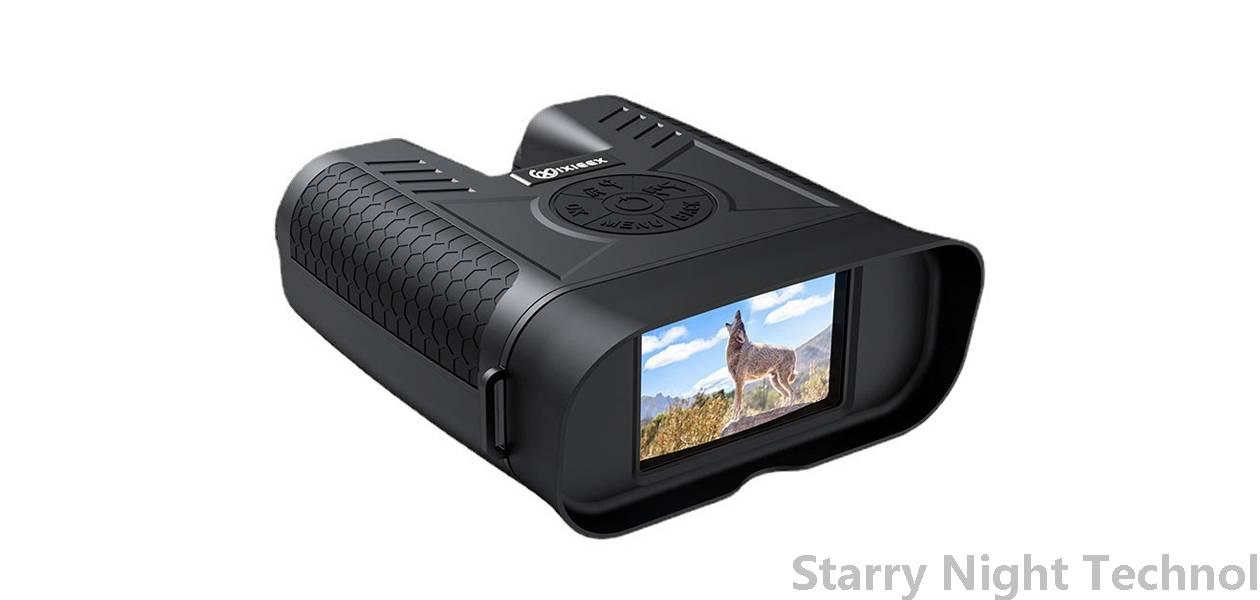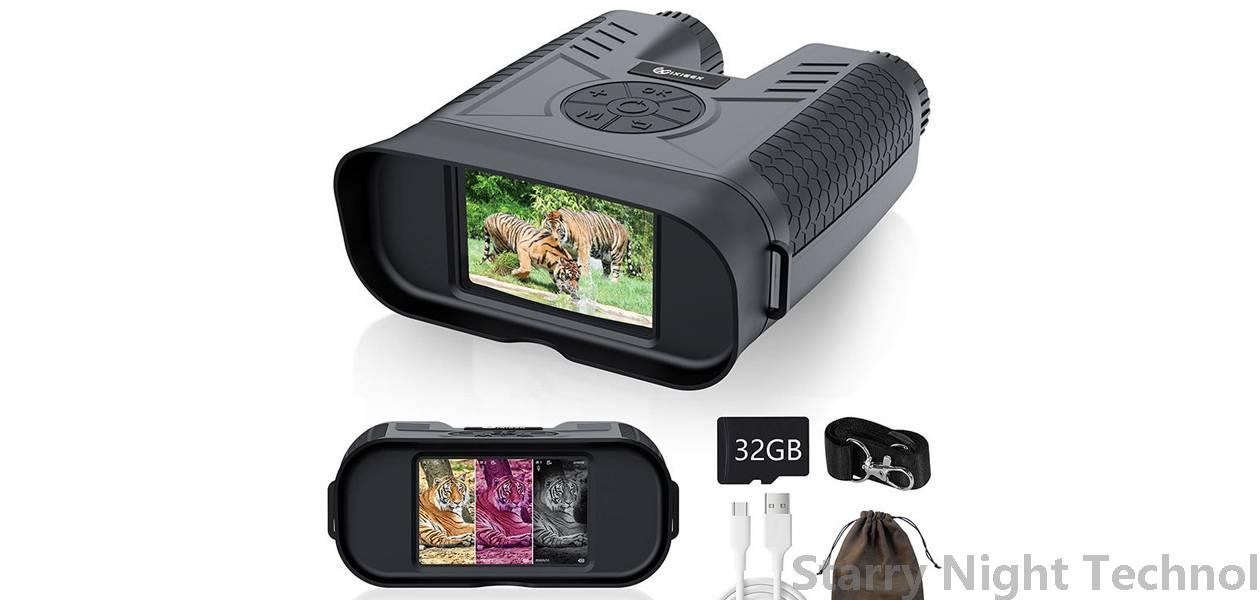Enhancing Security with Night Vision Devices: A Must-Have for Military and Medical Applications
1729166434000

In an era marked by technological advancements, the importance of security has transcended traditional boundaries, impacting various sectors, including military and medical fields. Night vision devices (NVDs) have emerged as pivotal tools in enhancing situational awareness, safety, and operational effectiveness during low-light conditions. This article delves into the significance and applications of night vision devices, underscoring their indispensable role in both military operations and medical environments.
### Evolution of Night Vision Technology
Night vision technology has evolved dramatically over the last century. The concept originated during World War II, with the first-generation NVDs primarily employing infrared illumination to amplify the existing light. Since then, advancements have been substantial, leading to the development of second and third-generation devices, which feature improved sensitivity, clarity, and mobility. The introduction of digital night vision and thermal imaging equipment has further revolutionized the landscape, allowing for multifunctional applications suited for both military and civilian purposes.
### Military Applications
In military contexts, night vision devices are a game-changer. Operational efficiency often hinges on the ability of personnel to see in dark or obscured environments. NVDs enhance surveillance capabilities, enabling soldiers to carry out missions under cover of darkness without compromising effectiveness. Here are a few key applications:
1. **Situational Awareness**: Commanders can utilize night vision goggles (NVGs) to assess the battlefield in real time, allowing for informed decision-making. Their ability to detect movement and identify potential threats contributes significantly to mission success.
2. **Search and Rescue Operations**: When locating injured or stranded personnel during nighttime or extreme weather conditions, night vision devices become essential tools that help ensure quick and effective interventions.
3. **Border Patrol and Crime Prevention**: Military units working with law enforcement agencies can deploy NVDs to monitor borders, enhancing national security by detecting unauthorized crossings or criminal activities at night.
4. **Tactical Operations**: Special Forces regularly engage in covert operations, necessitating stealth and a heightened ability to operate in complete darkness. With night vision equipment, they can navigate, communicate, and execute plans without alerting the enemy.
### Medical Applications
 1. **Emergency Response**: First responders, including paramedics and emergency medical technicians (EMTs), often encounter low-light situations. Night vision devices provide them with the capability to assess victim conditions and surroundings quickly and effectively, potentially saving lives in critical moments.
1. **Emergency Response**: First responders, including paramedics and emergency medical technicians (EMTs), often encounter low-light situations. Night vision devices provide them with the capability to assess victim conditions and surroundings quickly and effectively, potentially saving lives in critical moments. 2. **Surgical Procedures**: Certain surgical settings demand precise visibility in low-light environments. For example, in trauma surgery or minimally invasive procedures, surgeons can benefit from night vision systems, enabling accurate operations without disruptive lighting that can compromise patient safety.
3. **Remote Diagnoses**: In rural or austere environments where electricity is scarce, healthcare professionals can utilize portable night vision devices to conduct examinations and diagnose patients at night. This approach allows for continuous patient care, regardless of the lighting conditions.
4. **Monitoring and Surveillance**: In hospitals, particularly in intensive care units (ICUs), night vision devices can be used to monitor patients in dim conditions without disturbing their rest. This fosters a more comfortable atmosphere while ensuring patient safety.
### Interoperability and Future Prospects
As night vision technology continues to develop, manufacturers are focusing on producing devices that integrate advanced features like augmented reality (AR) and artificial intelligence (AI). This fusion has the potential to revolutionize both military and medical sectors further.
For military applications, next-generation night vision devices may provide overlays of tactical information, real-time data analytics, and enhanced communication capabilities, ensuring that soldiers remain both informed and protected. In the same vein, medical professionals could benefit from smart glasses that display patient information, allowing them to perform complex procedures without losing focus.
### Conclusion
The integration of night vision devices into military and medical applications represents a significant leap forward in enhancing human capabilities amidst challenging environments. For military personnel, these devices are essential for situational awareness, mission success, and personnel safety. Conversely, in medical settings, NVDs are proving invaluable in emergency response, surgical procedures, and patient monitoring.
As technological advancements pave the way for even more sophisticated night vision solutions, the importance of these devices will only grow. They will remain vital not only for maintaining security but also for enhancing operational effectiveness and improving outcomes in critical situations. In a world where safety and precision are paramount, night vision devices stand out as indispensable tools for safeguarding both lives and missions.
What should be selected for night vision devicesStarry Night Technol

